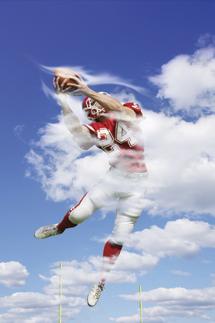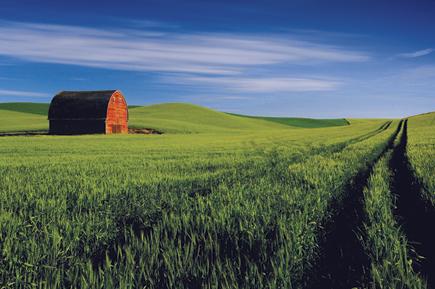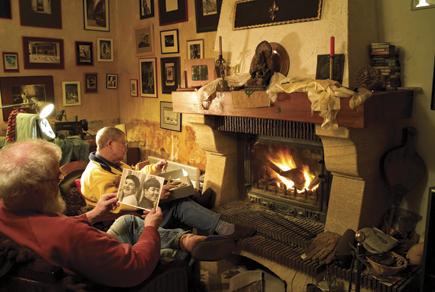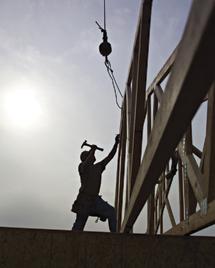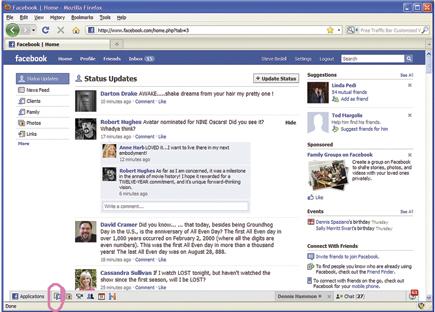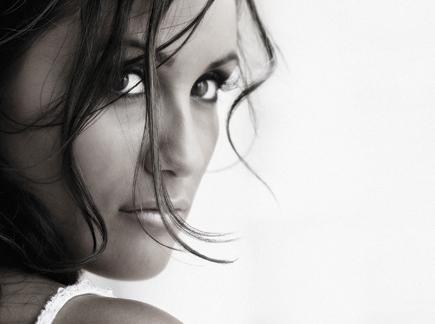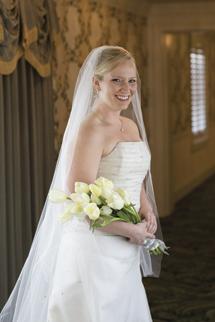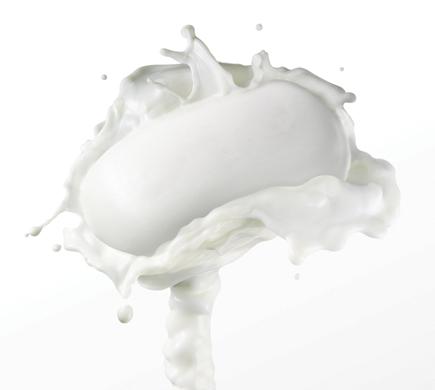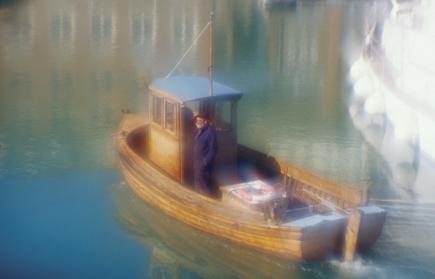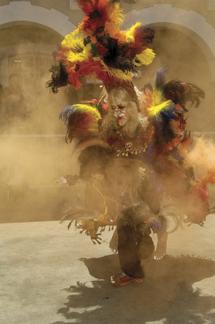Pro Techniques
Sort By: Post Date TitlePublish Date
|
Jul 01, 2010
|
Jul 01, 2010
|
Jul 01, 2010
|
Jun 01, 2010
|
Jun 01, 2010
|
Jun 01, 2010
|
May 01, 2010
|
May 01, 2010
|
Apr 01, 2010
|
Apr 01, 2010
|
Apr 01, 2010
|
Apr 01, 2010
|
Mar 01, 2010

